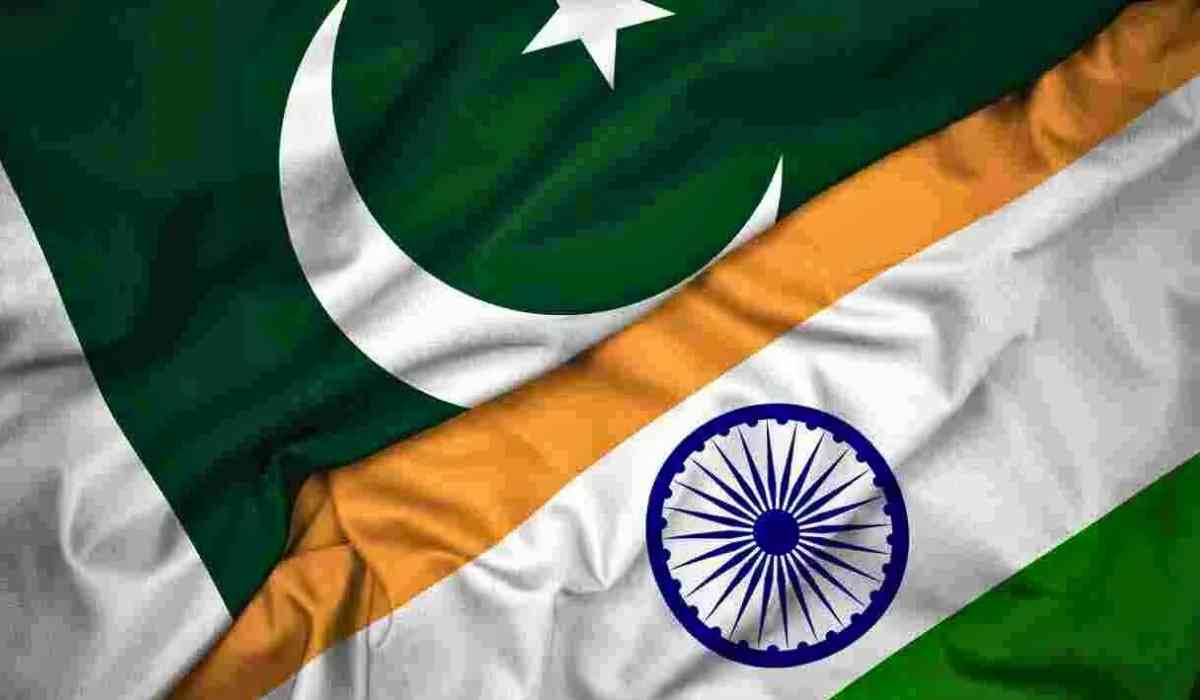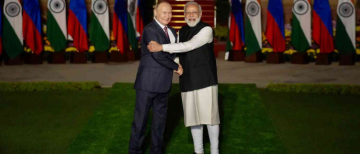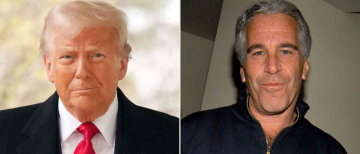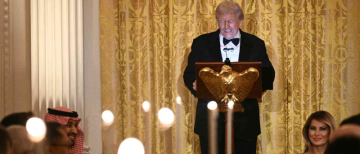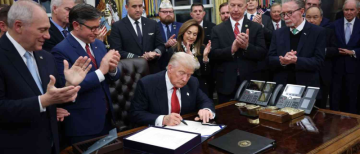After days of intense fighting and global concern, India and Pakistan have agreed to a ceasefire, bringing a temporary calm to one of the world’s most tense borders. Both countries are now claiming success, but the situation remains delicate as each side accuses the other of breaking the truce within hours of its announcement.
What Led to the Ceasefire?

The recent conflict began after a deadly attack in Indian-administered Kashmir, which killed 26 Hindu tourists. India blamed Pakistan-based militants for the attack, leading to a series of military strikes across the border. Pakistan denied any involvement, but both sides quickly escalated their responses, launching missiles and drones at each other’s military sites. The fighting was the most severe between the two nations in nearly thirty years, raising fears of a wider war in South Asia, a region home to over a billion people and two nuclear powers.
International pressure, especially from the United States and other world leaders, played a key role in pushing both countries to the negotiating table. After four days of conflict, a ceasefire was announced on May 10, 2025, with both sides agreeing to stop all hostilities from 5:00 p.m. local time.
The Ceasefire Agreement
The ceasefire was welcomed by people on both sides of the border, especially in Kashmir, where celebrations broke out as the news spread. U.S. President Donald Trump and Secretary of State Marco Rubio both praised the agreement, highlighting the importance of restraint and dialogue. The deal was brokered with the help of about 36 countries, showing how much the world wanted peace in the region.
Both India and Pakistan’s leaders made public statements claiming that the ceasefire was a victory for their own side. India’s Foreign Secretary Vikram Misri said that the military had been directed to respond firmly to any violations, urging Pakistan to take the agreement seriously. Pakistan’s Foreign Minister Ishaq Dar, meanwhile, insisted that his country was committed to the truce and blamed India for any breaches.
Accusations and Tensions Remain

Despite the agreement, the ceasefire was quickly tested. Within hours, explosions and artillery fire were reported in border towns. Each country accused the other of breaking the truce. Indian officials sent a hotline message to Pakistan warning against further violations and said their forces remained on high alert.
Pakistan’s military called for restraint and said any issues should be resolved through communication channels. Both sides have kept their punitive measures in place, such as trade suspensions and visa cancellations, and India’s suspension of the Indus water treaty remains unchanged.
Why Is This Important?
The India-Pakistan border, especially in Kashmir, has been a flashpoint for decades. Both countries claim the region in full but control different parts. The risk of conflict is high, not just because of the long history of disputes, but because both nations have nuclear weapons. Even a small mistake or misunderstanding can lead to a much bigger crisis.
The recent fighting showed how quickly things can spiral out of control. The world watched nervously as missiles flew and air-defense systems were activated. The ceasefire has brought relief, but it is fragile. Both sides are watching each other closely, and any new incident could break the peace.
While both India and Pakistan are claiming success, the truth is that neither side can afford another war. The cost in lives, resources, and stability would be enormous. The ceasefire is a positive step, but it is only the beginning. Real peace will require ongoing dialogue, trust-building, and a willingness to address the underlying issues that have fueled conflict for so long.
International mediation helped bring about this agreement, but lasting peace must come from within the region. The people living along the border, especially in Kashmir, deserve a future without fear. Leaders on both sides have a responsibility to keep the peace and work towards a solution that benefits everyone.
What Happens Next?

-
Both countries have agreed to continue talks at a neutral location, with the help of international mediators.
-
Military hotlines and communication channels have been reactivated to prevent misunderstandings.
-
The world will be watching to see if the ceasefire holds and if both sides can move towards a more stable relationship.
Final Note
The ceasefire between India and Pakistan has brought a much-needed pause to a dangerous standoff. While both sides claim victory, the real success will be measured by how long the peace lasts and whether it leads to meaningful dialogue. The situation remains tense, but for now, the guns are silent-a small but important step towards a safer future for the region.
With inputs from agencies
Image Source: Multiple agencies
©️ Copyright 2025. All Rights Reserved Powered by Vygr Media.

